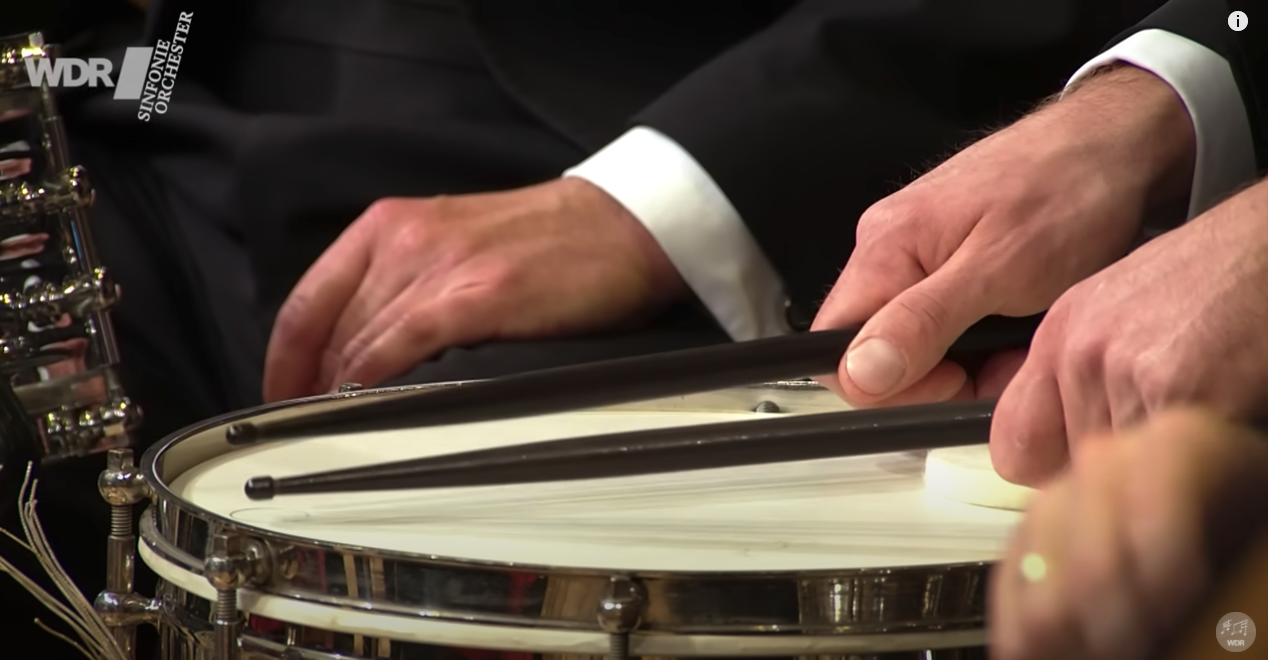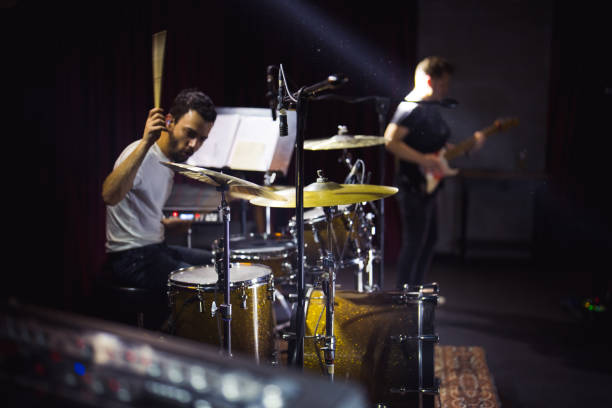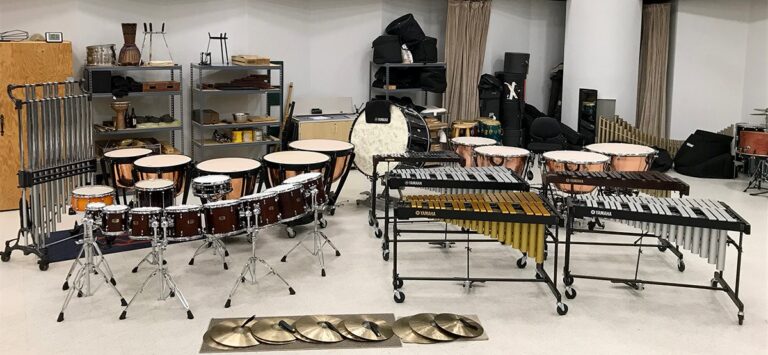A percussionist is a musician who specializes in playing percussion instruments, which include drums, cymbals, xylophones, gongs, and more. These instruments produce sound when struck, shaken, or scraped, making them some of the oldest and most diverse in the history of music. Percussionists can perform in various musical settings, from orchestral percussion to solo performances and contemporary music groups. Their role is crucial in providing rhythm, texture, and depth to musical compositions, often serving as the backbone of the ensemble.
The Role and Skills of a Percussionist
A skilled percussionist must master a wide array of instruments and techniques. This versatility requires not only keen rhythmic precision but also an acute sense of timing and dynamics. Many percussionists are proficient in reading complex rhythms and must be able to adapt to various genres. Additionally, a percussionist needs to develop physical endurance and coordination, as playing some instruments can be physically demanding.
Types of Percussion Instruments
The percussion family can be broadly categorized into two main types: tuned (or pitched) and untuned (or unpitched). Each category serves different roles in music, contributing unique sounds and textures to compositions. It is important to note these are only a few examples of what a percussionist may be expected to play.
Tuned Percussion Instruments
Tuned percussion instruments produce notes with definite pitches, percussionists play melodies and harmonies on these instruments. These instruments are often used in orchestral and solo settings.
- Xylophone
- Marimba
- Vibraphone
- Timpani
- Glockenspiel
- Chimes
- Crotales
Untuned Percussion Instruments
Untuned percussion instruments do not produce specific pitches and are primarily used for rhythm and texture. These instruments are prevalent across various musical genres, from classical to contemporary.
- Bass Drum
- Snare Drum
- Tom Toms
- Cymbals
- Tambourine
- Triangle
- Bongos
- Congas
- Shakers
- Claves
- Woodblock
Understanding the different categories and types of percussion instruments highlights the versatility and breadth of a percussionist’s expertise. Whether tuned or untuned, each instrument adds a distinctive layer to the overall sound, enriching musical performances.
Origins of Percussion
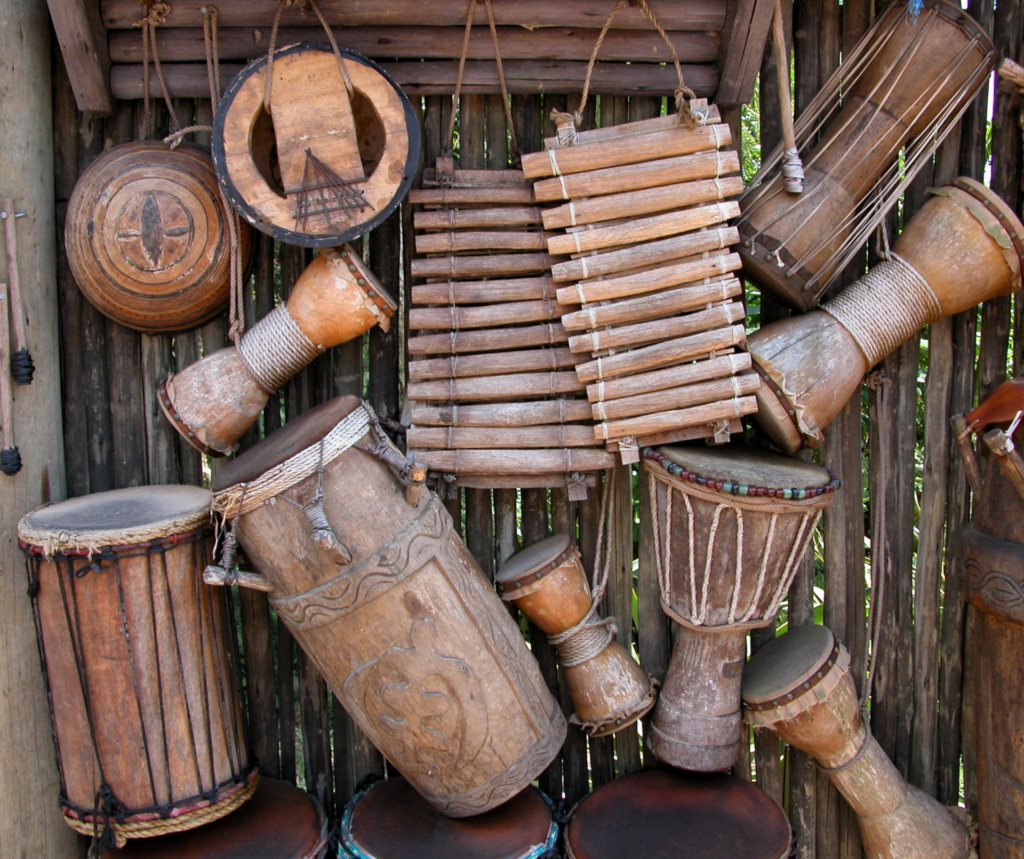
Percussion instruments are some of the oldest known to humanity, with their origins tracing back to ancient civilizations. The earliest percussion instruments were likely simple objects such as sticks, stones, and animal skins that were struck together to create sound. Archaeological evidence indicates that percussion instruments were used in rituals, ceremonies, and daily life activities long before the establishment of organized music ensembles.
Throughout history, percussion has played a pivotal role in various cultures around the world. Indigenous tribes used drums, rattles, and shakers in their spiritual practices and communal gatherings. In ancient Egypt, Greece, and Rome, percussion instruments were integral to religious ceremonies and theatrical performances. Asian cultures have a rich tapestry of percussion traditions, with instruments like the taiko drums of Japan and the gamelan ensembles of Indonesia.
As musical traditions evolved, so did the complexity and diversity of percussion instruments. They began to be crafted with greater precision, using a variety of materials such as wood, metal, and animal hide. This evolution gave rise to the wide array of percussion instruments we see today, each with its unique sound and cultural significance.
The development of percussion instruments has been influenced by the exchange of cultural practices and the blending of musical styles. Today, percussion remains a fundamental component of music across all genres, from traditional folk to modern electronic music, reflecting its enduring legacy and universal appeal.
Percussionists in the Orchestra
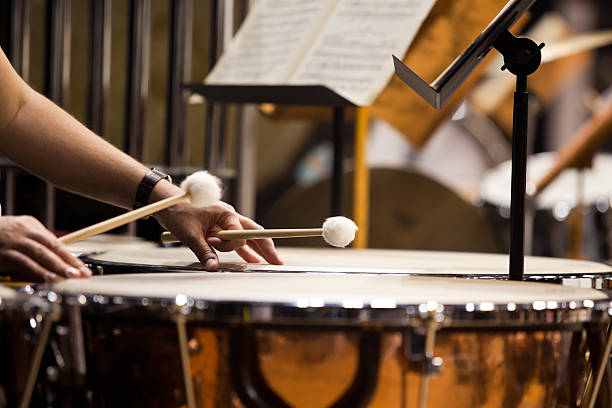
In an orchestral setting, percussion plays a vital role in adding dramatic effects, enhancing rhythmic patterns, and contributing to the overall texture of the music. The percussion section of an orchestra is typically situated at the back, allowing the sounds to resonate throughout the concert hall. Orchestral percussionists must exhibit versatility and dexterity, often switching between multiple instruments within a single piece.
Orchestral compositions often feature a variety of percussive instruments to achieve different effects and highlight specific musical moments. The timpani, also known as kettledrums, are frequently utilized to provide a powerful, resonant bass with distinct pitches that underpins the harmonic structure of the music. Cymbals and snare drums are used to accentuate dynamic changes and provide rhythmic drive.
In addition to these standard instruments, orchestral works may also call for mallet percussion, such as the glockenspiel, which adds a bright, bell-like quality, or the marimba, which offers rich and warm tones. Composers like Igor Stravinsky and John Cage have expanded the role of percussion in orchestral music, incorporating unconventional instruments and innovative playing techniques to broaden the sonic palette.
The inclusion of a diverse range of percussion instruments allows the orchestra to create a vast array of sonic landscapes, from the delicate chimes of a triangle to the thunderous rolls of a bass drum. Through this intricate interplay of sounds, percussionists help to bring the emotional depth and complexity of orchestral music to life.
Percussionist vs. Drummer

While the terms “percussionist” and “drummer” are often used interchangeably, they refer to different roles within the realm of percussion. A percussionist is a versatile musician skilled in a wide variety of percussion instruments, both tuned and untuned. They can be adept at playing anything from the marimba and xylophone, timpani, hand drums, or even shakers and woodblocks. Their expertise allows them to perform in diverse musical settings, including orchestras, jazz bands, world music ensembles, and contemporary music groups.
On the other hand, a drummer typically specializes in playing the drum kit, which is a collection of drums and cymbals arranged to be played by a single performer. The drum set is a cornerstone of many genres, particularly in rock, pop, jazz, and electronic music. Drummers focus on maintaining rhythm, providing the driving beat, and adding dynamic accents to the music.
In summary, while both percussionists and drummers play crucial roles in the musical landscape, the key difference lies in the breadth of instruments they play. A percussionist’s skill set is broader, encompassing a wide range of instruments and techniques, whereas a drummer often focuses specifically on mastering the drum kit. This distinction highlights the unique contributions each role brings to the rich tapestry of musical performance.
Is Piano a Percussion Instrument?

The classification of the piano has long been a topic of intriguing debate among musicians and musicologists. The piano, an incredibly versatile and expressive instrument, is primarily classified as a string instrument because it uses strings to produce sound. However, its method of sound production also associates it closely with percussion instruments. When a key on the piano is pressed, it triggers a felt-coated hammer to strike a string or strings, causing them to vibrate and produce sound. This striking mechanism aligns with the fundamental characteristic of percussion instruments—sound is produced through striking or hitting.
Therefore, the piano finds itself in a unique position, straddling the lines between string and percussion classifications. The inclusion of the piano in percussion sections of certain orchestral and ensemble pieces further blurs these lines. Its percussive action allows it to contribute rhythmically and dynamically, much like traditional percussion instruments.
In summary, while the piano is conventionally classified as a string instrument due to its construction and the fundamental role of strings in sound production, it undeniably exhibits characteristics of a percussion instrument. This dual identity underscores the piano’s exceptional versatility and its integral role across diverse musical genres.
Do Percussionists Read Music?
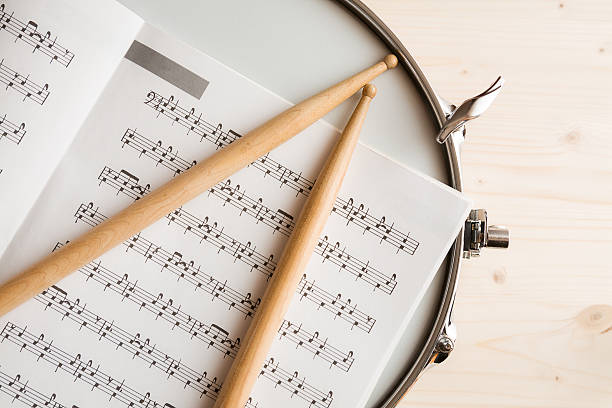
Yes, percussionists do read music, and their ability to interpret written scores is essential to their role in various musical settings. Percussion notation can be quite complex, comprising a variety of symbols and markings that signify different instruments and playing techniques. Unlike traditional melodic instruments like the violin or piano, which use standard musical notes, percussion notation often includes specific indications for striking techniques, dynamic levels, and even movement between instruments.
In an orchestral context, percussionists must read detailed cues to know when and how to play each instrument, switching seamlessly from timpani rolls to cymbal crashes within a single composition. Reading music allows them to understand the exact timing, rhythm, and intensity required to complement the orchestra. Additionally, many modern compositions for percussion include non-standard or graphic notation, which requires specialized knowledge to interpret accurately.
For percussionists working in other genres, such as jazz, world music, or contemporary music, reading music remains an important skill. Drummers in particular often read drum charts, which provide essential information on the structure and rhythm patterns of a piece. Percussionists in ensemble settings might also be required to read scores that incorporate multiple percussion instruments, making sheet music an invaluable tool for ensuring precise performance.
Overall, music reading is a crucial competency for percussionists, enabling them to engage with a wide array of musical works and perform with accuracy and expression.
Conclusion
Percussion instruments add a unique and vital dimension to the world of music. From the orchestra to contemporary bands, the diverse array of instruments played by percussionists enriches the auditory experience through their dynamic and rhythmic contributions. The distinction between percussionists and drummers highlights the specialized skills and versatility required to master different instruments and techniques. Furthermore, the ongoing debate about the piano’s classification underscores the complexity and interplay of sound production in music. Whether through reading complex scores or innovating new sounds, percussionists demonstrate a profound dedication to their craft. Their contributions not only complement but also elevate musical performances, making them indispensable members of any musical ensemble.

